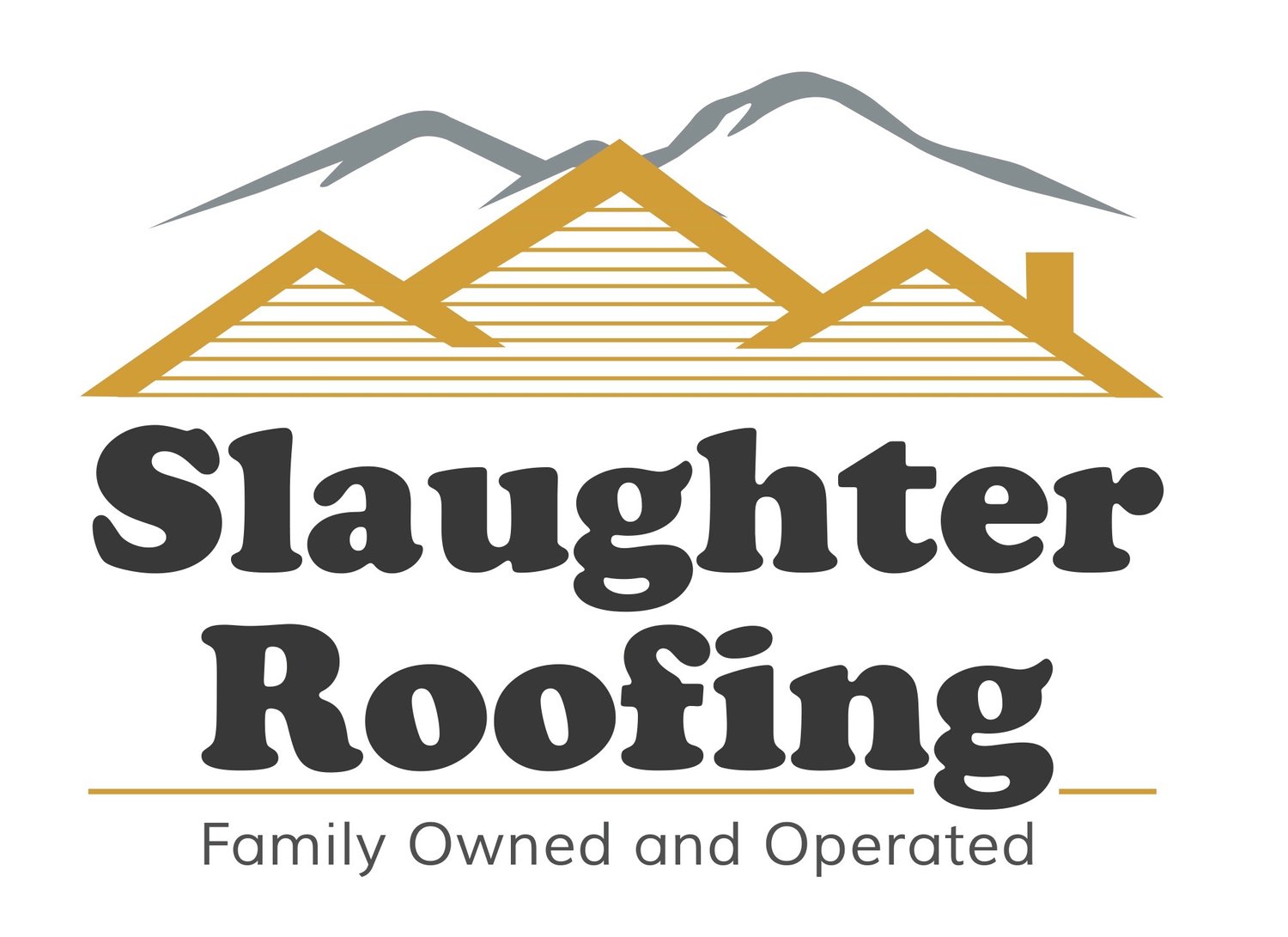What makes up a roof; A detailed breakdown of your roof
/Your roof is more than just a protective shield over your head—it's a complex system made up of various components working together to keep you safe and dry. Understanding the different parts of your roof and how they function can help you better maintain and care for your home.
Parts of a roof
1. Roof Decking
The roof decking, also known as the sheathing or substrate, is the foundation of your roof. It's typically made of plywood or oriented strand board (OSB) and provides the base for the other roofing materials to be installed on top of.
2. Underlayment
The underlayment is a waterproof barrier that is installed directly onto the roof decking. It serves as an extra layer of protection against moisture infiltration and helps to prevent leaks. Common types of underlayment include oil-based felt paper and synthetic materials like synthetic underlayment or peel-and-stick membranes.
3. Roofing Materials
Shingles: Asphalt shingles are the most common roofing material used in residential construction. They are affordable, durable, and come in a variety of colors and styles. Other types of shingles include wood, metal, and slate.
Flashing: Flashing is used to seal joints and transitions in the roof, such as around chimneys, vents, and skylights. It's typically made of metal and helps to prevent water from seeping into the roof.
Ridge Vent: A ridge vent is installed along the peak of the roof to allow for proper ventilation. It helps to remove excess heat and moisture from the attic, extending the life of the roof and reducing energy costs.
Eaves and Soffits: Eaves are the edges of the roof that overhang the walls of the house, while soffits are the underside of the eaves. They provide ventilation for the attic and help to prevent moisture buildup.
Gutters and Downspouts: Gutters and downspouts are installed along the edges of the roof to collect rainwater and channel it away from the foundation of the house. They help to prevent water damage to the roof, siding, and landscaping.
5. Insulation
Insulation is installed in the attic to regulate temperature and moisture levels in the home. It helps to keep the house warm in the winter and cool in the summer, reducing energy costs and improving comfort.
6. Attic Ventilation
Proper attic ventilation is essential for maintaining the health of your roof and the integrity of your home. It allows for the exchange of air between the attic and the exterior, preventing moisture buildup and reducing the risk of mold and mildew growth.
Understanding the various components of your roof and how they work together can help you identify issues early and prevent costly repairs. Regular maintenance and inspections are key to keeping your roof in top condition and protecting your home for years to come. Don’t know where to start with your roof and its maintenance? Call Slaughter Roofing at (970) 330-7881.






